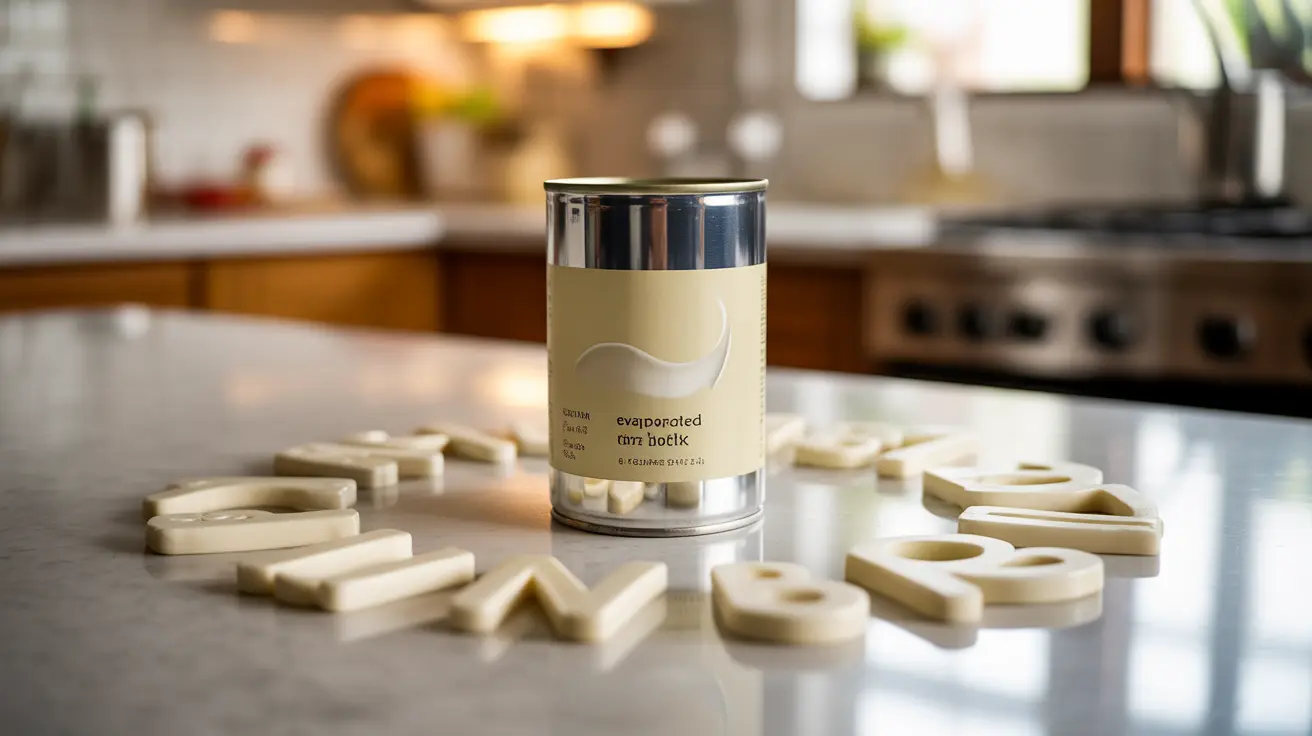If you've ever experienced an itchy, uncomfortable rash after swimming in the ocean, you might have encountered sea lice. Despite their name, sea lice bites aren't actually caused by lice at all, but rather by the microscopic larvae of jellyfish and sea anemones. This comprehensive guide will help you understand, treat, and prevent these uncomfortable encounters with marine life.
Swimming in affected waters can lead to these tiny creatures becoming trapped between your skin and swimwear, resulting in a condition officially known as seabather's eruption. Understanding how to identify, treat, and prevent sea lice bites can help you enjoy safer beach activities and know when to seek medical attention.
What Are Sea Lice and How Do They Cause Bites?
Sea lice bites occur when jellyfish larvae, particularly thimble jellyfish larvae, get caught between swimmers' skin and bathing suits. These microscopic creatures release their stinging cells (nematocysts) when pressed against the skin, causing an inflammatory reaction. The pressure from swimwear, particularly when wet, can trigger multiple stings across the covered areas of the body.
These organisms are most commonly found in warm ocean waters, particularly along the Atlantic coast, Caribbean, and Gulf of Mexico. They tend to be most active during the summer months when water temperatures rise, coinciding with peak swimming season.
Identifying Sea Lice Bite Symptoms
The reaction to sea lice bites typically develops within 24 hours of exposure, though some people may notice symptoms while still in the water. Common signs include:
- Small, red, raised bumps on the skin
- Intense itching and burning sensation
- Rash primarily under swimsuit areas
- Possible fever and chills in severe cases
- Fatigue or general malaise
- Headache
The rash usually persists for 2-4 days but can last up to two weeks in some cases. The severity of symptoms can vary significantly from person to person, with some individuals experiencing more intense reactions than others.
Treatment Options for Sea Lice Bites
While sea lice bites typically resolve on their own, several treatment options can help alleviate discomfort:
Immediate Care
- Remove swimwear and shower with fresh water
- Apply hydrocortisone cream to affected areas
- Take oral antihistamines to reduce itching
- Use calamine lotion for additional itch relief
Ongoing Management
For continued care during the healing process:
- Keep the affected area clean and dry
- Apply cool compresses to soothe inflammation
- Avoid scratching to prevent infection
- Use over-the-counter pain relievers if needed
Prevention Strategies
Taking preventive measures can significantly reduce your risk of experiencing sea lice bites:
- Avoid swimming in areas with posted warnings
- Remove wet swimwear as soon as possible after ocean swimming
- Consider wearing tighter-fitting swimwear to minimize trapped space
- Rinse swimsuits thoroughly with fresh water after use
- Check local beach conditions and reports before swimming
Frequently Asked Questions
What causes sea lice bites and how do jellyfish larvae get trapped under swimwear?
Sea lice bites are caused by microscopic jellyfish larvae that become trapped between swimwear and skin. The pressure and movement create conditions that trigger the larvae's stinging cells, leading to an inflammatory reaction. Loose-fitting swimwear creates more space for larvae to become trapped.
What are the typical symptoms of sea lice bites and how long does the rash usually last?
Typical symptoms include red, raised bumps, intense itching, and burning sensations, primarily under swimsuit areas. The rash usually appears within 24 hours of exposure and typically lasts 2-4 days, though it can persist for up to two weeks in some cases.
How can sea lice bites be treated effectively at home to relieve itching and discomfort?
Effective home treatments include applying hydrocortisone cream, taking oral antihistamines, using calamine lotion, and applying cool compresses. Keeping the affected area clean and dry while avoiding scratching helps promote healing.
What steps can swimmers take to prevent sea lice bites before and after ocean swimming?
Prevention includes wearing tight-fitting swimwear, removing wet suits promptly after swimming, checking local beach conditions, and thoroughly rinsing swimsuits with fresh water. Avoiding known affected areas during peak season is also recommended.
When should I see a doctor for sea lice bites, and what are the signs of a severe reaction or infection?
Seek medical attention if you experience severe symptoms such as widespread rash, fever, severe pain, or signs of infection (increased redness, warmth, swelling, or pus). People with allergies or compromised immune systems should be particularly vigilant.




